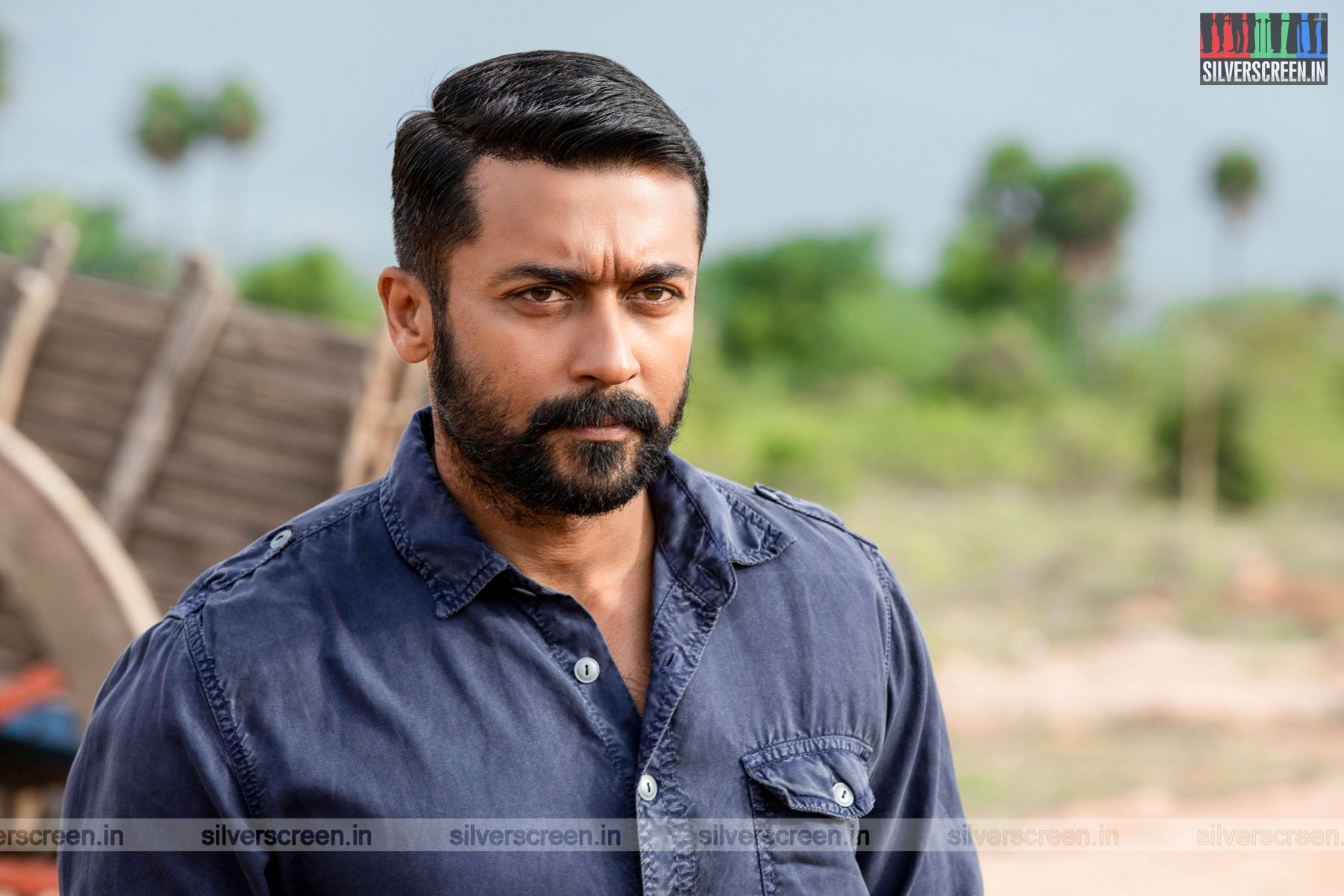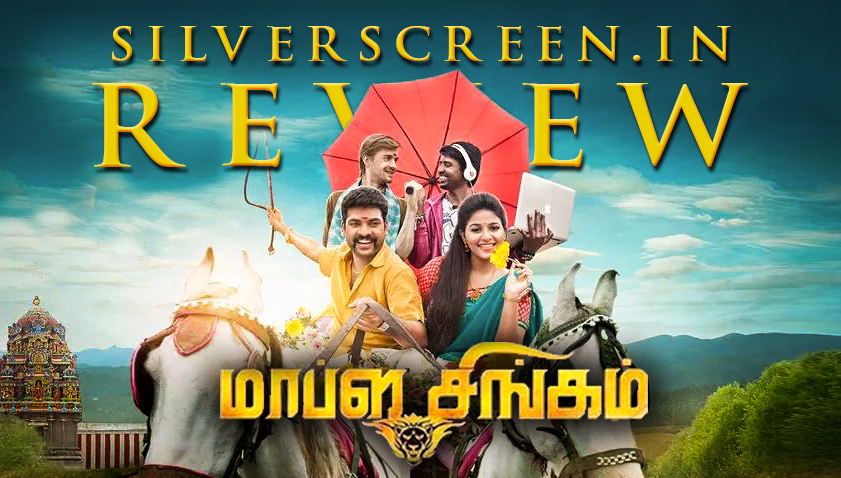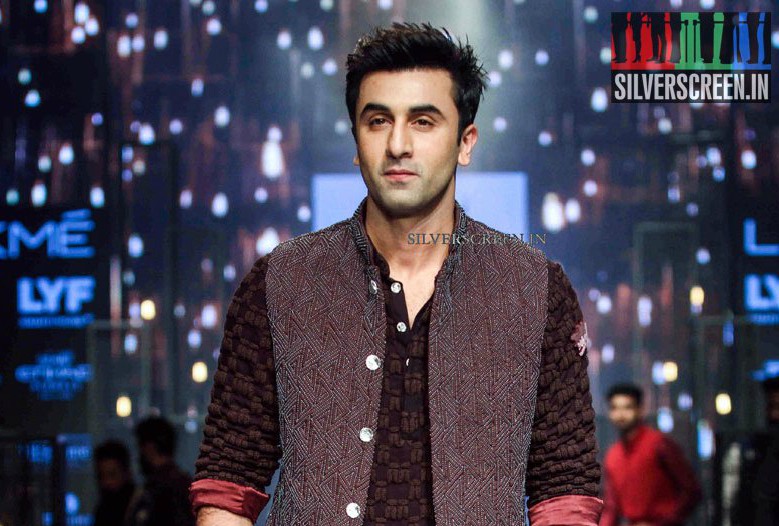I met Girish Kasaravalli in Payyanur, a small Malabar town, where the 10th edition of the National Film Festival of India was held from June 9. He was among a bunch of celebrity guests on stage for the inaugural ceremony. Outside the venue, Kerala’s famous monsoon rain poured down mightily, much to the dismay of the festival organisers and young volunteers who whispered among themselves about the many guests who had to cancel their participation thanks to the weather.
The backwaters, marshlands and rivulets had spilled onto the highways leading to Payyanur, and the thick green canopy had collapsed and cut off railway connectivity to the town. Amid people who looked exhausted, either from the long journey or the harsh weather, Kasaravalli stood smiling. When it was his turn to address the gathering, the master filmmaker from Karnataka, recipient of 14 National Film Awards, spoke eloquently about his delight to be at the festival that showcases Indian parallel movies.
“This is an important event,” he said. “There are international film festivals aplenty. We know who the major filmmakers from Iran are, but do we also know the parallel filmmakers from our own country?”
Post-ceremony and the screening of Cinema Travellers, an acclaimed documentary by Shirley Abraham and Amit Madheshiya about Western rural India’s travelling talkie culture, he sat in the lobby, and braving end-of-the-day fatigue, spoke at length about cinema as an art, the Kannada new wave, his admiration for contemporary Malayalam cinema, and his journey as a filmmaker.
***
We begin our conversation discussing Cinema Travellers. “Very interesting film,” he remarks, and after a gentle pause, adds,”…For us, filmmakers, it’s a nostalgic trip. Many of us have worked on celluloid, and have witnessed the changes that have come over filmmaking. We personally know many technicians who suffered when some technology became obsolete. This film is about those people too. Yet, it isn’t a sad story. It is about resilience; about people’s power to adapt to new things in indigenous ways. Like how that technician (in the documentary) uses an agarbati to unblock a clog in the machine…”
Kasaravalli has made two documentaries – one on his favourite writer UR Ananthamurthy for Films Division Of India (U.R. Ananthamurthy, Not A Biography, But A Hypothesis, 2013), and another on his fellow-filmmaker Adoor Gopalakrishnan (Images/Reflections, 2015). But, he doesn’t identify himself as a documentary filmmaker. “Those were not real documentaries. They were biographies. I had a specific purpose, and a specific area to cover,” he says. “I am not basically a documentary filmmaker. See, this film (Cinema Travellers) was in the making for several years. They followed the subjects tirelessly. I work in a stipulated time frame. I don’t follow an issue or a subject the way they did.”
The 67-year-old filmmaker, born and brought up in Shivamogga district of Karnataka, studied BA Pharmacy. He even embarked upon a career as a pharmacist, but left it behind rather soon, to join the Film And Television Of India (FTII), Pune, in 1975.
Cinema, he says, happened by chance. “I grew up reading a lot of Kannada literature. I always wondered why these brilliant stories and novels were never adapted cinematically. When I got admitted to FTII – I must say, again, by chance – I wanted to adapt these pieces for my student projects. Even now, I am not a story writer. In my films, ideas come from the plot structure. They have to get reflected as a story, and identify the characters and their situation.”
His diploma film Avashesh won the President’s Silver Lotus award for Best Experimental Short Film of the year. His second National Film Award came in 1977, for his debut feature Ghatashraddha, a tragedy based on a novella by UR Ananthamurthy.
In a career spanning four decades, Kasaravalli has made just 13 films. His last creation Koormavatara came out in 2011. Why the delay, I ask. “I am just lazy,” he smiles. “I haven’t started making another film yet. I have no trouble finding funds. There are many producers waiting for me to start making a film. There is no dearth of good material in Kannada literature for me to adapt. For me, filmmaking isn’t a daily job or a compulsory exercise. I can’t push myself to write or direct a film. If it is so, how will we, artistes, be different from say, politicians who have to make a statement every day?”
***
Quite a few writers in Karnataka have been murdered in the recent past for speaking their mind, and artistes such as Prakash Raj and Girish Karnad were recently revealed as targets of the religious fanatics who murdered journalist Gauri Lankesh. In the age of growing intolerance against writers and artistes, how should cinema talk about politics, I ask. A prominent member of the new wave that placed Kannada cinema in the forefront of Indian cinema, Kasaravalli says Kannada parallel cinema and literature have always addressed political issues. “I think this was the only new wave in Indian cinema that directly talked about politics,” he reminiscences. “Samskara, for one, is a very sharp political statement. It started a new history in Indian cinema with its representation of reality without using ornamentation. Placard-holding politics isn’t what we did; we went in for artistic reinterpretation of issues,” he says. “Filmmakers who were part of Kannada New Wave, at least in the beginning, were socialists who looked at the structure of society from inside. They were not overtly political. They were not activists. But they were part of the system and were very critical of it. They were, as UR Ananthamurthy used to say, critical insiders.”
“There is nothing in our regular life which can be apolitical. Everything is political,” says Kasaravalli, whose films have always blended cinematic aesthetics with a subtle yet sharp critique of society. He says there has never been a question of choosing between cinematic form and the politics of the plot. “I am aware of that huge debate. But cinematic form for the sake of it or talking politics for the sake of talking has never interested me. Unless a film becomes a part of the ongoing dialogue in society – of the majority or the minority – I am not much impressed. For me, life is more complex than that,” he says.
“I am basically a Renoirian. And, Jean Renoir says that cinema is there to cover and interpret reality, and reality cannot be modified to suit your cinematic expression. I firmly believe that a work of art, while working out all complexities of the medium, should also have an eye on what is happening around us. Just having a stylistic approach is not an end in itself; it should somewhere reinterpret the conditions we are living in and, through it, make some metaphysical/universal statements.”
He firmly believes that art can only sensitise people, never solve issues. “Thanks to our busy daily life, we tend to overlook certain things in life, and gradually lose perspective. Art can help you gain that and make you aware. If people are only able to see the positive side of development, films such as Dweepa say ‘Look, there are negatives too’. We are not trying to dictate terms, but show things,” he says.
I ask him about mainstream cinema in Tamil and Marathi that deal with subjects such as caste and identity; ‘mass’ films that put across socio-political statements loud enough for everyone to hear. “I must confess, I have not seen much popular cinema, not even the ones that create waves,” he says. “I assume it might bring results. One of my objections to political films that are too loud is that they tend to lose out on subtlety. They turn everything into black and white; one against the other. But, is anything absolutely perfect or completely flawed? Art has to see the grey side and the many dimensions of issues. Even when we make statements, shouldn’t we leave some room for analysis, debate and criticism? Instead of giving messages, aren’t we here to initiate dialogues? Let the audience think. Let cinema generate a dialogue.”
***
I tell him about watching Tabarana Kathe as a wide-eyed youngster, and how the final scene of the protagonist breaking down in fury and grief, his fiery gaze fixed at the camera, haunted me for days. The film is a stern criticism of the apathetic system that turns a law-abiding man into a state of abjection.
“We, artistes are sensitive people who are always angry with the system,” he says. “That anger is not a violent one, mind you. It is satvik,” he says. “Violence is not the end-product of this anger, but contemplation about why things are the way they are. This emotion is there in all my films. Gulabi Talkies, for one. Gulabi is thrown out of society for her religion. In Koormavatara, the protagonist says he is fed up of playing Gandhi. ‘Please kill me’, he says.”
In his oeuvre, he calls Dweepa the film that demanded the most physical strain. The film is set in a village on the fringes of a big dam, and speaks about the people whose lives are ruthlessly sacrificed for the sake of development.
“We had to create an ambiance; wait for the sun and the rain,” he recalls. “But, it was a pleasure. When we get a good shot, all the effort and pain become worth it. For me, the real difficult part of film-making is to find the right way to capture things. Does this shot make sense? Is this story significant? Am I looking at the characters with all their complexities? I keep asking these questions. I have never been impressed by technical extravaganza, nor had the money to make a movie using that. I have never used cranes, never done anything in DTS. Of course, today everyone expects cutting-edge technology, but I am more bothered about what I am trying to say,” he says.
***
Kasaravalli pins high hopes on India’s contemporary parallel cinema. “When people dismiss Indian parallel cinema and write obituaries about it, I feel it’s unwarranted,” he says. “We may not have another (Satyajit) Ray. We may not have made another Pather Panchali or Charulatha, but there are quite a lot of filmmakers who are doing things very differently, be it in using the medium, or looking at reality.”
“In 1979, at a film festival in Chennai, Ray said that the future of Indian cinema is Kannada cinema. Adoor has said that it was Samskara that inspired him to make Swayamvaram. Kannada off-beat cinema started its journey gloriously, but we failed miserably in between. But, in the past four-five years, I see new trends emerging. Digital technology has liberated filmmakers and enabled them to experiment with form,” he says. “Recent films such as Thithi take you to the place where the film is happening. Harikatha Prasanga creates cinematic tensions interestingly. This is how Kannada cinema has been reinventing it’s own grammar,” he says.
Malayalam cinema, though, pulled off this feat much earlier, he says. “Cinema is not created in isolation, but in connection with culture, tradition and socio-political movements.. Malayalam cinema has maintained this connection intact. That is why these (Malayalam) filmmakers have been able to lift regional issues to a global level. Through local stories, they try to understand the universe, and the meaning of human beings’ metaphysical existence,” he says.
Recommended
We talk about Cinema Travellers again. Isn’t it a painful irony that while meaningful cinema is getting confined to film festivals and niche platforms, money-spinners such as Dabangg are the ones that reach India’s rural heartlands, I ask. “Who should we blame for it? The filmmakers? I would say we need to blame the education system if the masses are watching trash,” he says. “Indian cinema is totally controlled by vested interests who have their eyes set on money. They would confer on parallel cinema many awards, but the fact is that they don’t want the audience to watch these films. These films are tagged as ‘award films’ and deemed ‘boring’,” he says.
Watching the groups of delegates hanging around the place, he says, “This is why film festivals like this are important to me. We don’t have many spaces that showcase serious cinema, where the audience can go in and receive films that show you unfiltered life and artistic experimentation.”
***



